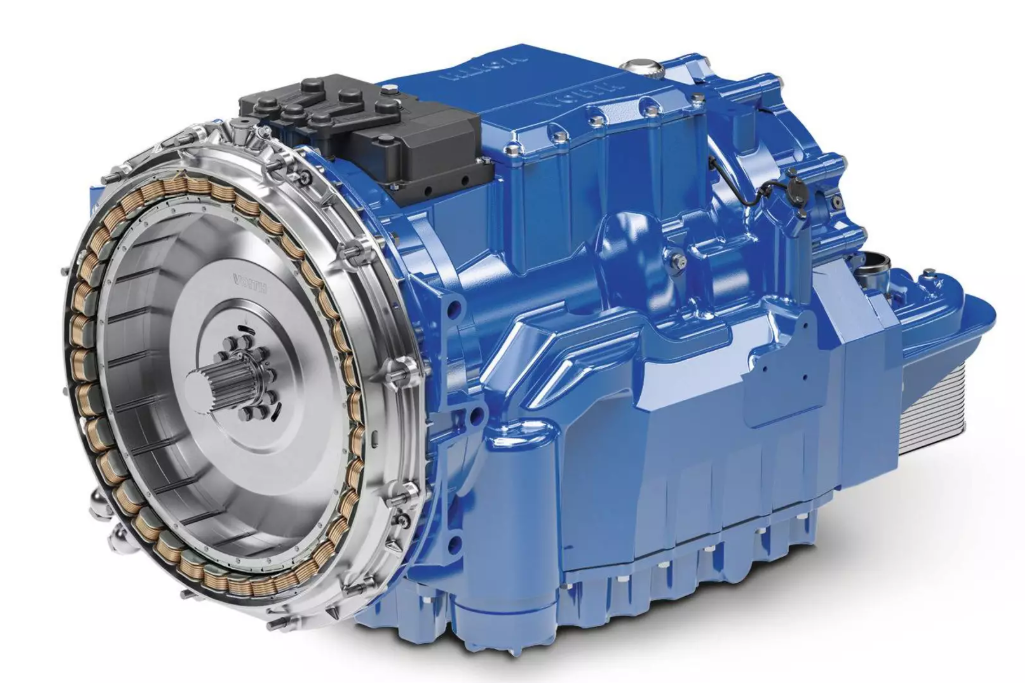Modern drive and transmission systems form the backbone of mechanical power transfer across industries, enabling precise control of speed, torque, and motion in applications ranging from automotive drivetrains to industrial automation. These technologies have evolved significantly from basic gear mechanisms to sophisticated electronically controlled systems, with the global market projected to reach $215 billion by 2027 (MarketsandMarkets 2023 analysis).
 Mechanical Transmission Systems
Mechanical Transmission Systems
- Gear Drives
- Spur gears maintain 93-98% efficiency at moderate speeds (500-3,000 RPM)
- Helical gears operate with less noise at higher speeds (up to 10,000 RPM)
- Planetary gearboxes provide reduction ratios from 3:1 to 100:1 in compact spaces
- Belt and Chain Drives
- Synchronous belts achieve ±0.1mm positioning accuracy in servo applications
- V-belts transmit up to 500 HP with 95-98% efficiency
- Roller chains handle loads exceeding 50,000 N in industrial conveyors
- Shaft Couplings
- Beam couplings accommodate 0.5mm parallel misalignment
- Oldham couplings compensate for ±5° angular misalignment
- Torque-limiting couplings slip at 110-150% of rated torque
Electromechanical Drive Systems
- Electric Motors
- AC induction motors dominate industrial applications (80% market share)
- Brushless DC motors achieve >90% efficiency in servo applications
- Stepper motors provide 1.8° step resolution (200 steps/revolution)
- Servo Drives
- Digital servo amplifiers operate with 16-bit resolution (0.0025° positioning)
- Regenerative drives recover 15-30% of braking energy
- Field-oriented control maintains torque within ±1% of commanded value
- Linear Actuators
- Ball screw actuators achieve 0.01mm repeatability
- Linear motors accelerate at 5-10 m/s² with 1μm resolution
- Pneumatic cylinders develop up to 50,000 N force in heavy press applications
Hydraulic and Pneumatic Transmission
- Hydraulic Systems
- Gear pumps deliver up to 300 bar at 3,000 RPM
- Proportional valves control flow within ±2% of setpoint
- Hydraulic motors generate torque densities of 300 Nm/kg
- Pneumatic Drives
- Compact cylinders achieve 0.5-1 m/s operation speeds
- Vacuum generators create 80-90 kPa negative pressure
- Air motors operate in explosive environments (ATEX certification)
Advanced Transmission Technologies
- Continuously Variable Transmissions (CVT)
- Metal push-belts maintain 85-90% efficiency across ratio ranges
- Toroidal CVTs handle up to 300 Nm input torque
- Electronic control adjusts ratios within 500ms response time
- Magnetic Drives
- Non-contact couplings transmit 50-5,000 Nm torque
- Magnetic gearboxes achieve 98% efficiency at 1,000 RPM
- Eddy current brakes provide smooth deceleration up to 20,000 Nm
- Smart Transmission Systems
- Condition monitoring sensors track vibration (<1mm/s RMS)
- IoT-enabled gearboxes transmit temperature (±1°C accuracy)
- Predictive algorithms forecast bearing wear with 85% confidence
Performance Characteristics by Application
Automotive Drivetrains
- 8-10 speed automatic transmissions shift in <200ms
- Dual-clutch systems maintain power flow during gear changes
- Final drive ratios optimized for 1,500-2,500 RPM cruise speeds
Industrial Machinery
- Speed reducer backlashes controlled to <5 arc-minutes
- Overhung load capacities up to 20,000 N on output shafts
- Service factors of 1.5-2.0 applied to account for shock loads
Robotics and Automation
- Harmonic drives provide 50:1 reduction with zero backlash
- Cable carriers withstand 5 million flexing cycles
- Torque sensors measure within ±0.5% full scale accuracy
Material and Manufacturing Considerations
- Gear Production
- Case-hardened steel (HRC 58-62) for high-load applications
- Powder metal gears achieve AGMA Q9 quality grade
- Grinding processes maintain tooth profile errors <5μm
- Bearing Technology
- Ceramic hybrid bearings operate at DN values exceeding 2 million
- Magnetic bearings suspend shafts with 50μm air gaps
- Solid lubricated bearings function in vacuum environments
- Surface Treatments
- Diamond-like carbon coatings reduce friction coefficients to 0.1
- Phosphating improves run-in characteristics for gear meshes
- Laser surface texturing enhances oil film retention
Energy Efficiency Standards
- IE4 premium efficiency motors reduce losses by 15-20% versus IE3
- ISO 14001 compliant lubrication systems minimize oil consumption
- Regenerative braking systems recover up to 40% kinetic energy
Maintenance and Reliability Factors
- Oil analysis detects particle contamination >14μm
- Vibration monitoring identifies bearing defects at early stages
- Thermal imaging detects misalignment >0.05mm/m
The ongoing development of drive and transmission technology focuses on increasing power density, improving efficiency, and integrating smart monitoring capabilities. Current research explores nano-structured materials for wear resistance, advanced lubrication films, and AI-optimized transmission control algorithms. These innovations continue to push the boundaries of mechanical power transmission while addressing evolving requirements for precision, reliability, and energy conservation in industrial applications.








